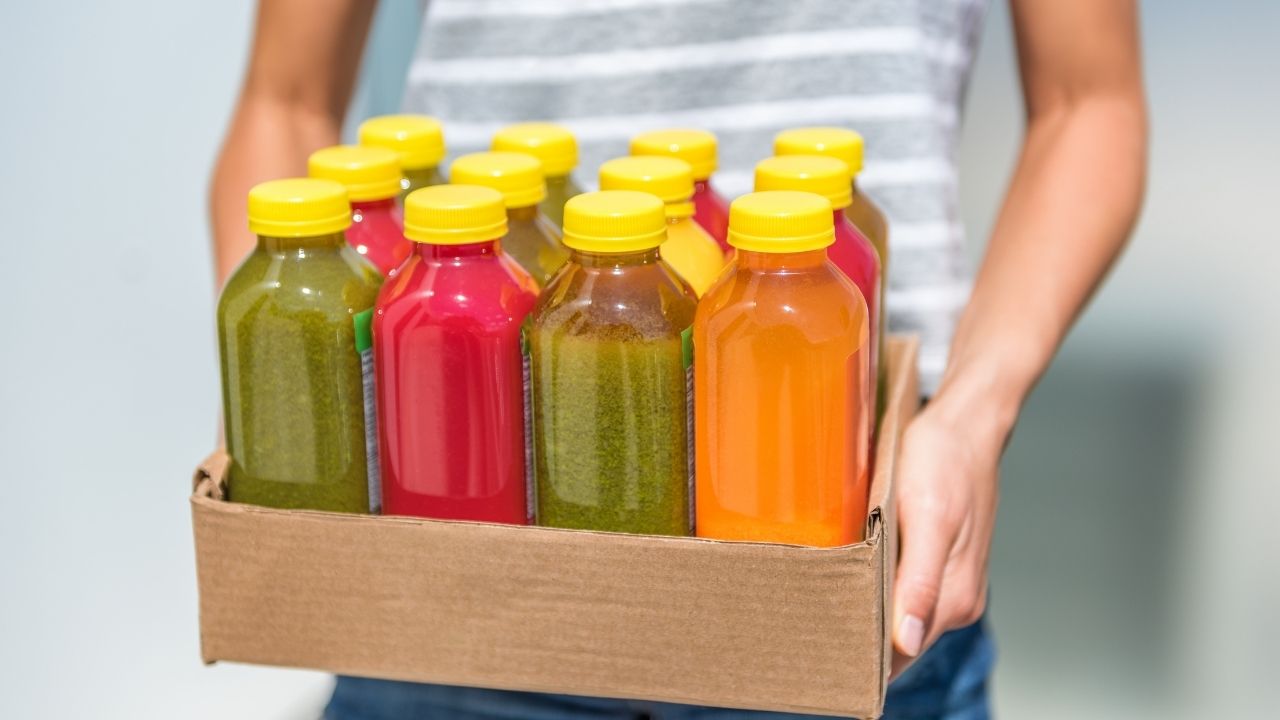

Articles
How To Store Juice
Modified: January 6, 2024
Discover the best methods for storing juice to keep it fresh and delicious. Read our articles for helpful tips and advice on juice storage.
(Many of the links in this article redirect to a specific reviewed product. Your purchase of these products through affiliate links helps to generate commission for Storables.com, at no extra cost. Learn more)
Introduction
Properly storing juice plays a crucial role in maintaining its freshness, flavor, and nutritional value. Whether you’ve freshly squeezed the juice yourself or purchased it from a store, understanding how to store it correctly is essential to ensure its longevity and quality.
Improper storage can lead to the deterioration of juice, resulting in loss of nutrients, flavor changes, and potential spoilage. By following some simple guidelines and making thoughtful choices in containers and storage methods, you can extend the shelf life of your juice and enjoy its health benefits for longer.
In this article, we will explore the importance of proper juice storage and provide practical tips and techniques to help you store juice effectively. We will cover topics such as choosing the right containers, preparing and storing freshly squeezed juice, storing store-bought juice, extending shelf life with additives, and organizing your juice storage to maintain freshness.
So, let’s dive in and discover the secrets to keeping your juice fresh and delicious!
Key Takeaways:
- Proper juice storage is crucial for preserving nutrients, freshness, and flavor. Choosing the right containers, refrigerating promptly, and consuming within a few days are key to maintaining the quality of both freshly squeezed and store-bought juice.
- Adding citric acid, vitamin C, or commercial preservatives can help extend the shelf life of juice. Organizing and maintaining juice storage ensures easy access and optimal freshness, allowing you to enjoy your favorite juices for longer periods.
Read more: How To Store Celery Juice
Understanding the Importance of Proper Juice Storage
Proper juice storage is not just about convenience; it is vital to maintain the nutritional value and flavor of the juice. The storage conditions can significantly impact the quality and freshness of the juice over time. Here are some reasons why proper juice storage is essential:
- Preserve Nutritional Value: Fruits and vegetables are rich in essential vitamins, minerals, and antioxidants. Proper storage helps to retain these nutrients and prevent their degradation. Exposure to air, light, and heat can cause the breakdown of vitamins and antioxidants, leading to a loss of nutritional value in the juice.
- Maintain Freshness and Flavor: Freshly squeezed juice is bursting with vibrant flavors and aromas. By storing juice correctly, you can preserve its freshness, taste, and texture for a longer period. This is particularly important for homemade juices, as they lack artificial preservatives.
- Prevent Spoilage: Improper storage can lead to the growth of bacteria, yeast, and molds in the juice. These microorganisms feed on the sugars present in the juice, resulting in spoilage. Proper storage conditions inhibit the growth of these pathogens and extend the shelf life of the juice.
- Minimize Oxidation: Exposure to oxygen can cause oxidation in juice, resulting in off flavors and discoloration. Proper storage methods, such as airtight containers or vacuum-sealing, help minimize oxygen exposure and maintain the quality of the juice.
- Cost Savings: By storing juice correctly, you can avoid wastage and save money. Discarding spoiled juice can be a waste of both the ingredients and your hard-earned money. Proper storage techniques ensure that you can enjoy your juice for a longer time without the need for frequent repurchases.
Understanding the importance of proper juice storage empowers you to make informed choices and take necessary precautions to maintain the quality and freshness of your juice. In the following sections, we will delve into the specifics of choosing the right containers, preparing and storing freshly squeezed juice, and storing store-bought juice to ensure optimal storage conditions.
Choosing the Right Containers for Juice Storage
When it comes to storing juice, selecting the right containers is crucial for maintaining its freshness and quality. Here are some factors to consider when choosing containers for juice storage:
- Material: Opt for containers made of glass, stainless steel, or BPA-free plastic. Glass containers are an excellent choice as they are non-reactive and won’t transfer any taste or odor to the juice. Stainless steel is also a good option, especially for travel or outdoor activities. If using plastic containers, ensure they are labeled as BPA-free to avoid any potential leaching of harmful chemicals into the juice.
- Airtight Seal: Choose containers with a tight-fitting lid or airtight seal. This helps to prevent oxygen exposure and keep the juice fresh for longer. Airtight containers also minimize the risk of leakage or spills, making them ideal for storing juice in the refrigerator or during transportation.
- Size: Consider the size of the container based on your consumption needs. Smaller containers are suitable for single servings or when you plan to consume the juice quickly. Larger containers are more convenient for storing larger quantities of juice or for families who consume juice regularly.
- Transparency: Opt for containers that are opaque or tinted to minimize light exposure. Light can cause oxidation and nutrient degradation in the juice. If you prefer transparent containers, store them in a dark pantry or cabinet to protect the juice from light.
- Easy to Clean: Look for containers that are easy to clean and dishwasher-safe. Proper cleaning helps prevent the buildup of bacteria or residue, ensuring the quality and safety of the juice.
- Freezer Safe: If you plan to freeze juice for longer-term storage, ensure that the containers are freezer safe and have enough expansion room. Liquids expand when frozen, and leaving adequate space in the container prevents it from bursting or causing damage.
Remember to avoid using containers that are not intended for food storage, such as empty plastic bottles or random containers. These may not provide the necessary protection and can affect the quality of the juice.
Investing in high-quality containers specifically designed for juice storage will ensure that your juice stays fresh, flavorful, and safe to consume. In the next section, we will explore the steps for preparing and storing freshly squeezed juice to maximize its shelf life.
Preparing and Storing Freshly Squeezed Juice
Enjoying a glass of freshly squeezed juice is a delightful way to start your day or quench your thirst. To make the most of your freshly squeezed juice and preserve its freshness, follow these steps for preparation and storage:
- Selecting Fresh Produce: Choose ripe, juicy fruits or vegetables for squeezing. The quality of the ingredients plays a significant role in the taste and nutritional value of the juice.
- Washing the Produce: Thoroughly wash the fruits or vegetables before juicing to remove any dirt, pesticides, or contaminants. Use a produce brush if needed, especially for items with a hard exterior like lemons or carrots.
- Juicing Immediately: It’s best to juice the produce immediately after washing to retain the maximum nutrients and flavors. Delaying the juicing process can lead to oxidization and nutrient loss.
- Straining (optional): If desired, strain the freshly squeezed juice through a fine-mesh sieve or a nut milk bag to remove any pulp or solids. This step is purely based on personal preference.
- Choosing the Right Storage Container: Transfer the freshly squeezed juice into a clean, airtight container made of glass or BPA-free plastic. Ensure the container is filled to the top to minimize air exposure.
- Refrigeration: Place the container of fresh juice in the refrigerator and store it at a temperature between 36°F to 40°F (2°C to 4°C). Cold temperatures slow down bacterial growth and help maintain the quality of the juice.
- Consume Within a Few Days: Freshly squeezed juice is at its best within the first 24 to 48 hours. Although it may still be safe to consume after a few days, the flavor and nutritional value may gradually decline due to natural oxidation and enzymatic reactions.
- Freezing: If you have excess freshly squeezed juice or want to store it for longer, freezing is an option. Transfer the juice to freezer-safe containers, leaving some space for expansion. Seal tightly and store in the freezer for up to 3 months. Thaw the frozen juice in the refrigerator before consuming.
Remember to label and date your containers to easily track the freshness of the juice. Additionally, discard any juice that appears spoiled, has an off smell, or shows signs of mold growth.
By following these steps, you can ensure that your freshly squeezed juice maintains its nutrients, flavors, and quality for as long as possible. In the next section, we will explore the best practices for storing store-bought juice to maximize its shelf life.
Store juice in a tightly sealed glass container to prevent oxidation and maintain freshness. Keep it refrigerated and consume within 7-10 days for best quality.
Proper Storage of Store-Bought Juice
Store-bought juice often comes in different packaging, such as cartons, bottles, or cans. While these products usually have a longer shelf life due to their preservation methods, proper storage is still essential to maintain their quality and freshness. Here are some tips for storing store-bought juice:
- Read the Label: Start by reading the label on the juice packaging. Look for any specific storage instructions or recommended temperature ranges. Following the manufacturer’s guidelines ensures optimal storage conditions.
- Check the Expiry Date: Pay attention to the expiration or “best by” date on the packaging. Always choose juices with a longer shelf life if you don’t plan to consume them immediately.
- Refrigeration: Once opened, store the store-bought juice in the refrigerator promptly. The cold temperature helps inhibit bacterial growth and extends the shelf life of the juice. Aim to keep the temperature between 36°F to 40°F (2°C to 4°C) for optimal storage.
- Sealing Properly: Ensure the juice container is tightly sealed to prevent exposure to air. Oxygen can cause oxidation and negatively affect the flavor and quality of the juice.
- Avoid Cross-Contamination: Store the juice away from strong-smelling foods, such as onions or garlic, as the juice can easily absorb odors. Keep it in a separate compartment or use a designated area in the refrigerator.
- Avoid Temperature Fluctuations: Aim for consistent temperatures in the refrigerator to prevent fluctuations that can impact the quality of the juice. Avoid placing the juice near the refrigerator door, as it is exposed to warmer temperatures when the door is opened frequently.
- Consume Within the Recommended Timeframe: While store-bought juices typically have a longer shelf life, it is still advisable to consume them within a reasonable timeframe after opening. This timeframe is usually mentioned on the packaging and can vary depending on the brand and type of juice.
- Freezing (if applicable): If you have surplus store-bought juice that you won’t consume before its expiration date, consider freezing it. Transfer the juice to freezer-safe containers, leaving room for expansion, and store them in the freezer. Thaw the juice in the refrigerator before consuming.
Remember to always use your judgment when assessing the freshness and quality of store-bought juice. If the juice appears discolored, has an off smell, or tastes odd, it is best to discard it to avoid any potential health risks.
By following these tips, you can ensure that your store-bought juice stays fresh, flavorful, and safe to consume. In the next section, we will explore ways to extend the shelf life of juice with some common additives.
Read more: How To Store Lemon Juice
Extending the Shelf Life of Juice with Additives
If you want to extend the shelf life of your juice beyond its natural expiration date, there are a few additives you can use to help maintain its freshness. These additives can inhibit microbial growth and delay the spoilage process. Here are some common additives that can help prolong the shelf life of juice:
- Citric Acid: Adding citric acid to juice can help prevent the growth of bacteria and molds. It acts as a natural preservative and also enhances the flavor of the juice. However, it is important to use citric acid in moderation to avoid altering the taste of the juice significantly.
- Ascorbic Acid (Vitamin C): Ascorbic acid, commonly known as vitamin C, has antioxidant properties that can slow down the oxidation process in juice. It helps preserve the color, flavor, and nutrient content of the juice. You can either add vitamin C powder or squeeze fresh lemon or orange juice, which are rich in vitamin C, to your juice.
- Preservatives: There are commercially available preservatives specifically designed for preserving juices. These preservatives, such as benzoates or sorbates, inhibit the growth of bacteria, yeast, and molds. Follow the recommended dosage mentioned on the packaging to maintain the quality and safety of the juice.
- Pasteurization: Pasteurization is a heat treatment process that destroys harmful microorganisms in juice. If you are making juice at home, consider pasteurizing it by heating the juice to a specific temperature and then quickly cooling it down. Pasteurization helps extend the shelf life of juice and ensures its safety.
- Proper Bottling Techniques: Pay attention to the bottling process to minimize the introduction of contaminants. Ensure that the bottles or containers are clean and sanitized before filling them with juice. Proper sealing and storage techniques also play a role in preserving the juice.
While these additives can help extend the shelf life of juice, it is important to use them judiciously and follow the recommended dosages or guidelines provided. Excessive use of additives can affect the taste, texture, and nutritional value of the juice. Additionally, consider using additives as a last resort and prioritize consuming fresh juice whenever possible.
Remember to always check the freshness and quality of the juice before consuming, even if you have added preservatives or additives. If the juice appears spoiled, smells off, or tastes strange, it is best to discard it to avoid any potential health risks.
By utilizing these additives and following proper storage techniques, you can extend the shelf life of your juice and enjoy it for a longer period. In the next section, we will provide some tips for organizing and maintaining your juice storage to ensure optimal freshness and convenience.
Tips for Organizing and Maintaining Your Juice Storage
Proper organization and maintenance of your juice storage not only ensure optimal freshness but also make it easier to access and manage your juice collection. Here are some tips to help you organize and maintain your juice storage:
- Dedicate a Specific Area: Set aside a designated area in your refrigerator or pantry exclusively for storing juice. This helps prevent cross-contamination and minimizes the chances of accidentally using expired or spoiled juice.
- Label and Date: Label each container of juice with the type of juice and the date it was prepared or purchased. This makes it easier to track the freshness of the juice and helps you identify older juice that needs to be consumed first.
- Use a First-in, First-out System: Arrange your juice containers based on the “first-in, first-out” principle. Place the newest containers at the back and the older ones in the front. This ensures that you consume the juice in the order of its freshness.
- Rotate Stock Regularly: Periodically check the expiration dates of your juice containers and rotate the stock accordingly. Use the older bottles first and replace them with newer ones. This helps avoid wastage and ensures that you always have fresh juice available.
- Maintain Proper Temperature: Ensure that your refrigerator or storage area maintains a consistent temperature suitable for juice storage. Avoid placing juice containers near the refrigerator door or in warm spots to prevent temperature fluctuations.
- Check for Spoilage: Regularly inspect your juice containers for signs of spoilage, such as mold growth, off odors, or unusual textures. If you discover any spoiled juice, discard it immediately to avoid contamination of other juices.
- Clean Containers and Storage Areas: Clean your juice containers regularly to remove any residue or bacteria buildup. Also, clean and organize your storage area to ensure a clean and sanitary environment for your juice.
- Keep an Inventory: Maintain an inventory of the different types of juice you have and their expiration dates. This helps you plan your juice consumption and prevents the loss of juice due to forgetting about certain containers.
- Consider Transparent Storage Solutions: Transparent or clear storage containers can allow you to easily see the contents and assess the freshness of the juice. However, make sure to store them in a dark pantry or cabinet to minimize light exposure.
By following these tips, you can keep your juice storage well-organized, ensuring that you enjoy fresh and flavorful juice every time. Remember to always practice good hygiene and food safety measures to prevent any contamination or spoilage of your juice.
Now that you have learned how to effectively organize and maintain your juice storage, let’s conclude with a summary of the key points covered in this article.
Conclusion
Properly storing juice is integral to preserving its freshness, flavor, and nutritional value. Whether you have freshly squeezed juice or store-bought juice, following the right storage techniques ensures that your juice stays delicious and safe to consume for longer periods. Here are the key takeaways from this article:
Understanding the importance of proper juice storage allows you to make informed choices and take necessary precautions. It helps preserve the nutritional value, maintain freshness and flavor, prevent spoilage, minimize oxidation, and save money by avoiding wastage.
Choosing the right containers for juice storage is crucial. Opt for materials like glass, stainless steel, or BPA-free plastic and ensure airtight seals to minimize air exposure. Consider container size, transparency, and ease of cleaning when selecting a container.
When preparing and storing freshly squeezed juice, select ripe produce, wash it thoroughly, juice immediately, and store it in clean, airtight containers. Refrigerate the juice promptly and consume it within a few days for optimal freshness. Freezing is also an option for longer-term storage.
Proper storage of store-bought juice involves reading the label, refrigeration after opening, sealing the container tightly, and avoiding cross-contamination. Be aware of the recommended consumption timeframe and consider freezing excess juice when necessary.
If you need to extend the shelf life of your juice beyond its natural expiration date, additives like citric acid, ascorbic acid (vitamin C), or commercial preservatives can help inhibit microbial growth. However, use them in moderation and prioritize consuming fresh juice whenever possible.
Organizing and maintaining your juice storage involves dedicating a specific area for juice, labeling and dating containers, using a first-in, first-out system, checking for spoilage, and cleaning both containers and storage areas regularly. Consider transparent storage solutions for easy visibility of your juice inventory.
By implementing these tips, you can ensure that your juice stays fresh, flavorful, and safe to consume for as long as possible.
Remember, always trust your senses and discard any juice that appears spoiled, has an off smell, or tastes strange. Prioritize the quality and safety of the juice you consume.
Now go ahead and apply these techniques to optimize the storage of your juice collection. Enjoy the refreshing and nourishing benefits of your favorite juices for longer periods, and savor every sip knowing that you’ve taken the necessary steps to maintain their quality.
Frequently Asked Questions about How To Store Juice
Was this page helpful?
At Storables.com, we guarantee accurate and reliable information. Our content, validated by Expert Board Contributors, is crafted following stringent Editorial Policies. We're committed to providing you with well-researched, expert-backed insights for all your informational needs.
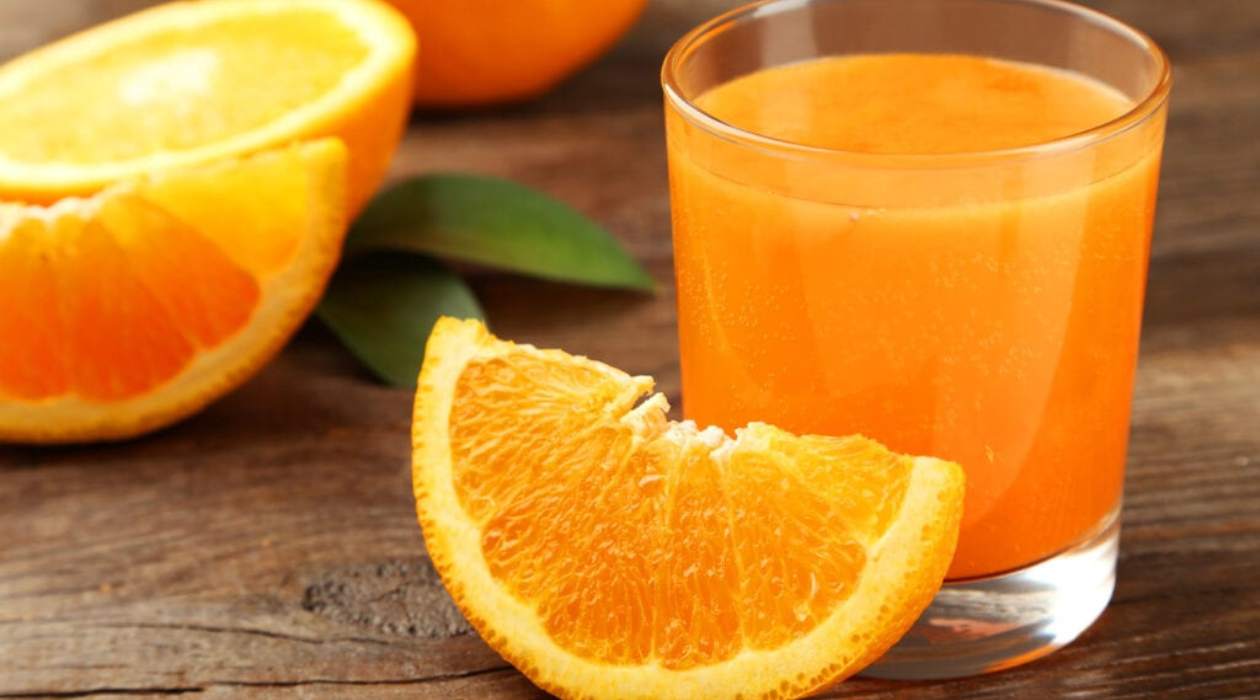
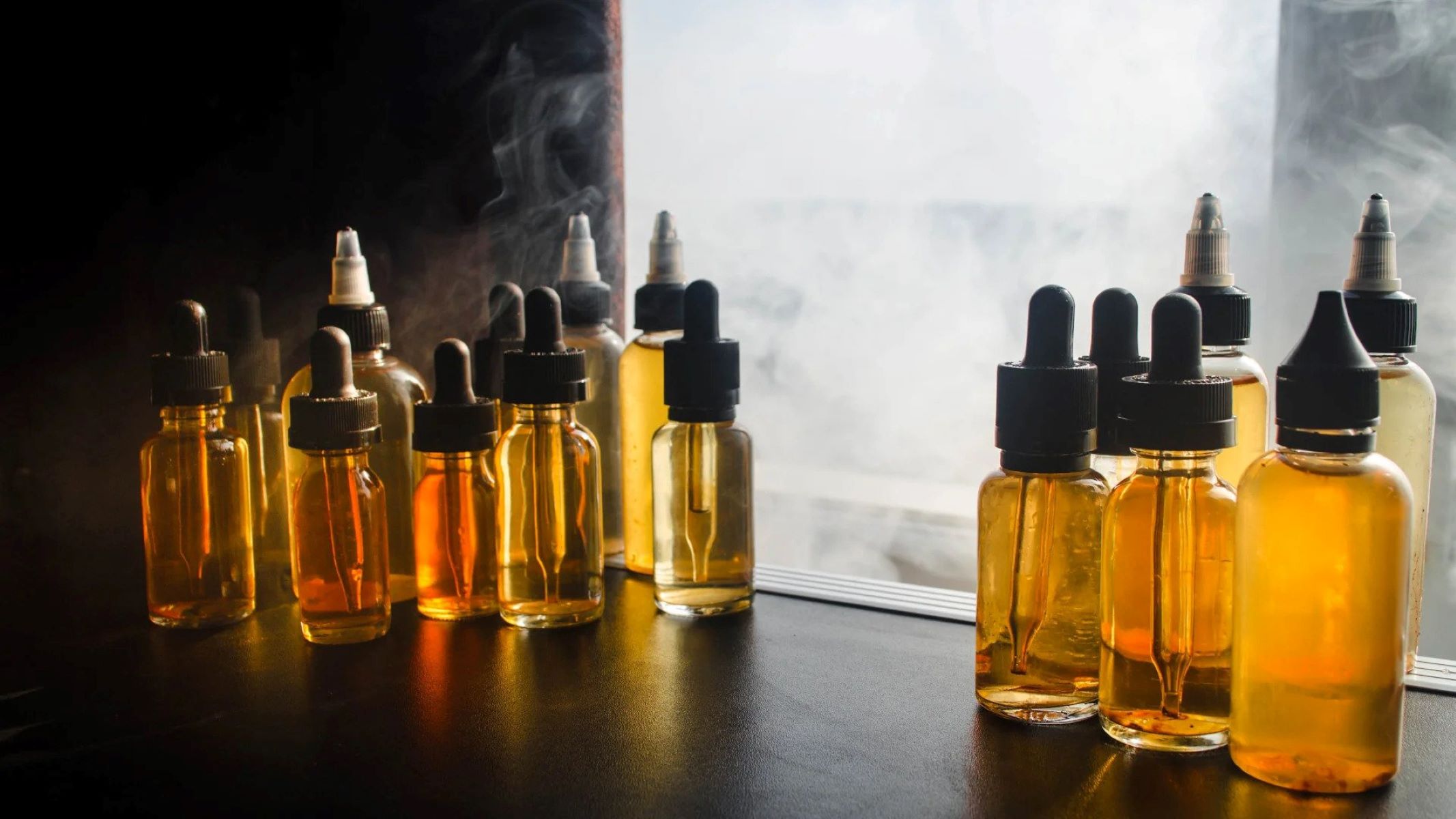
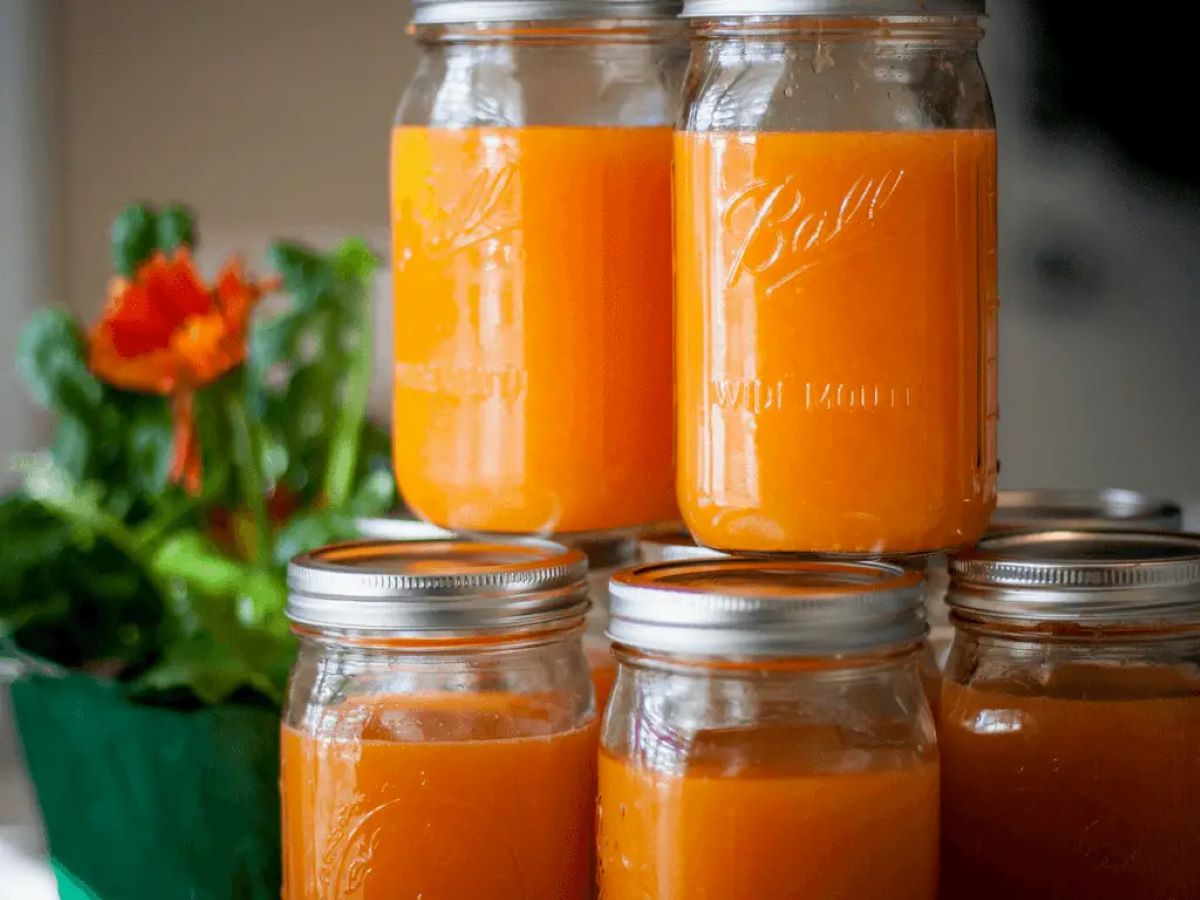
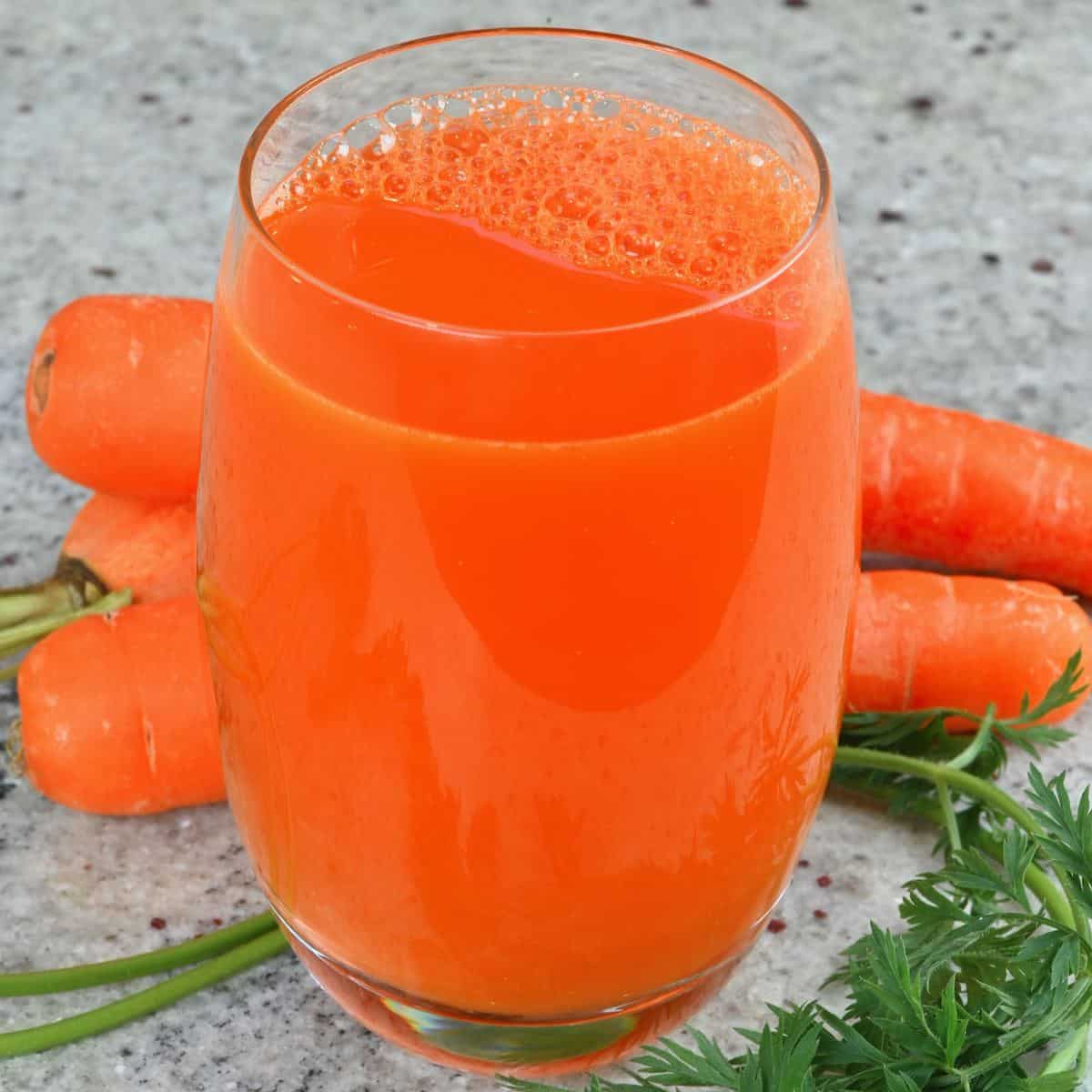
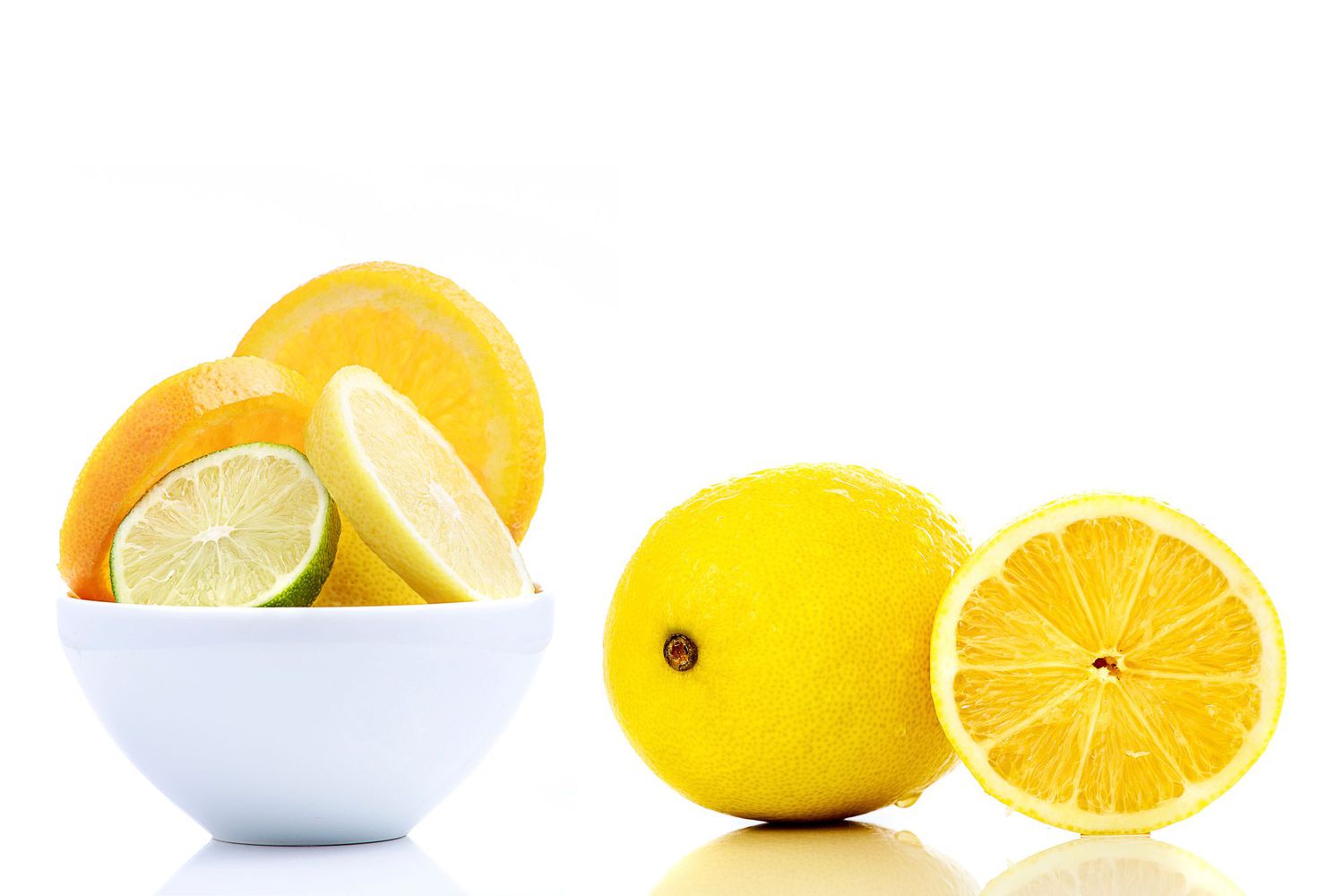
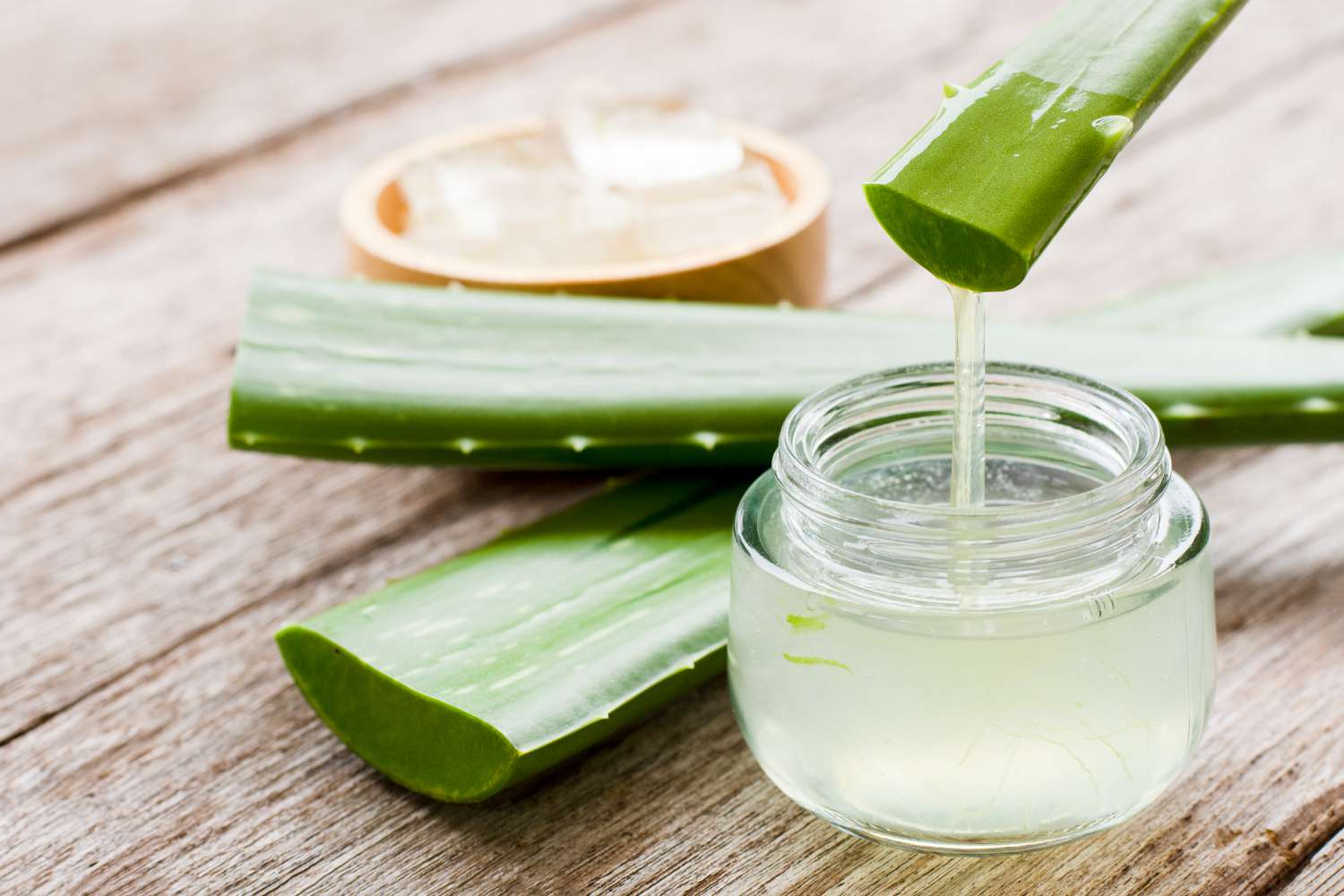
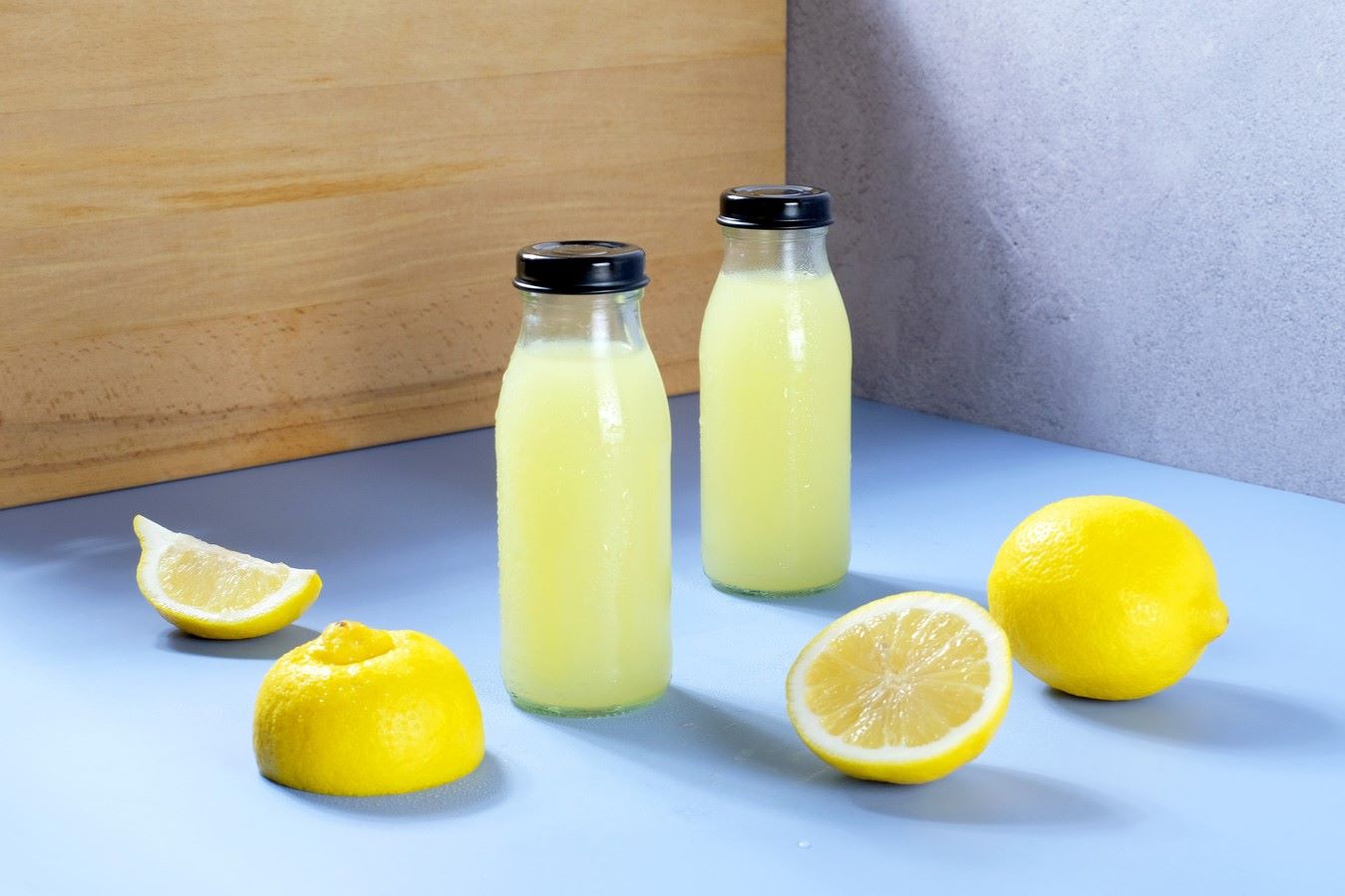
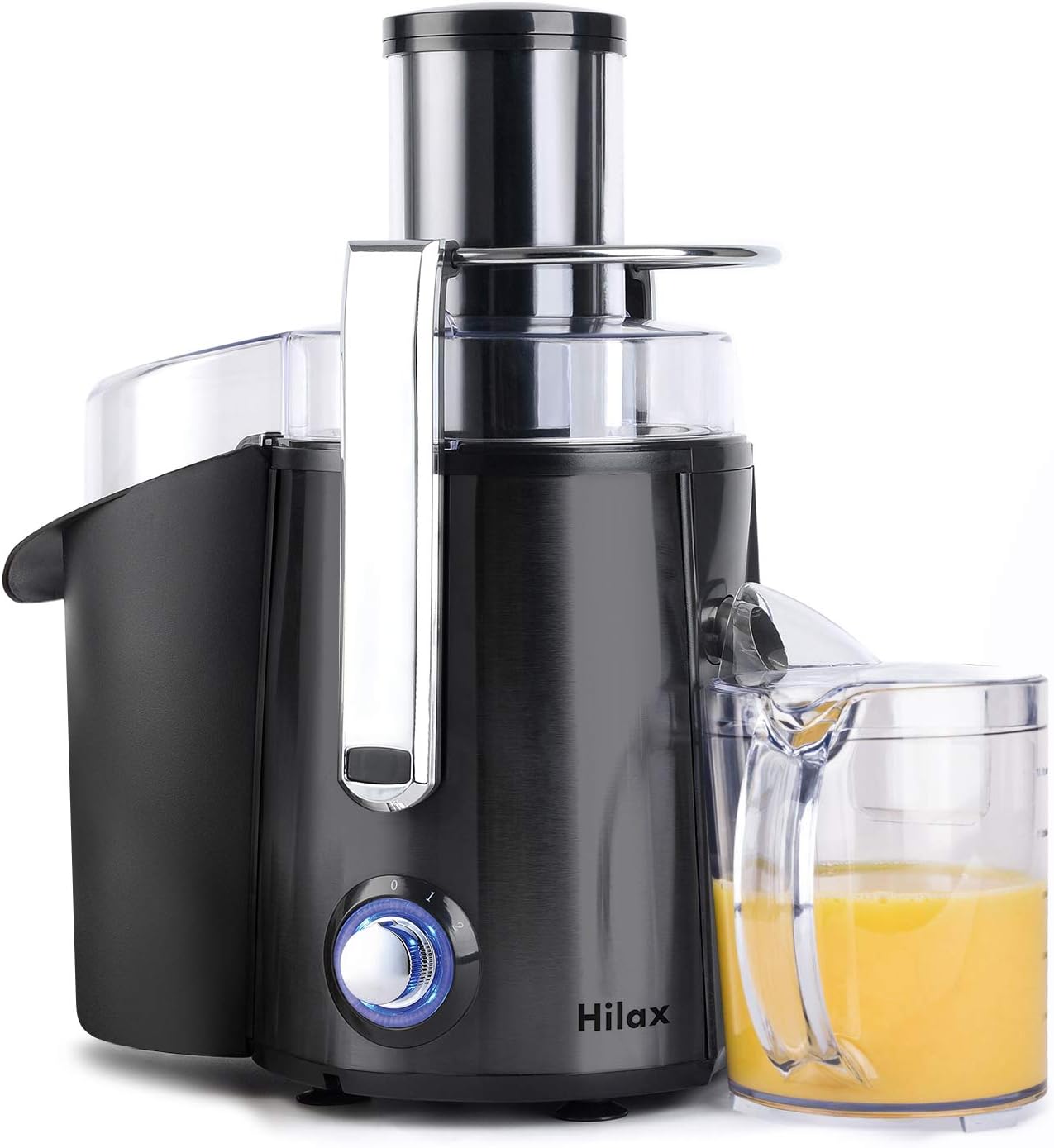
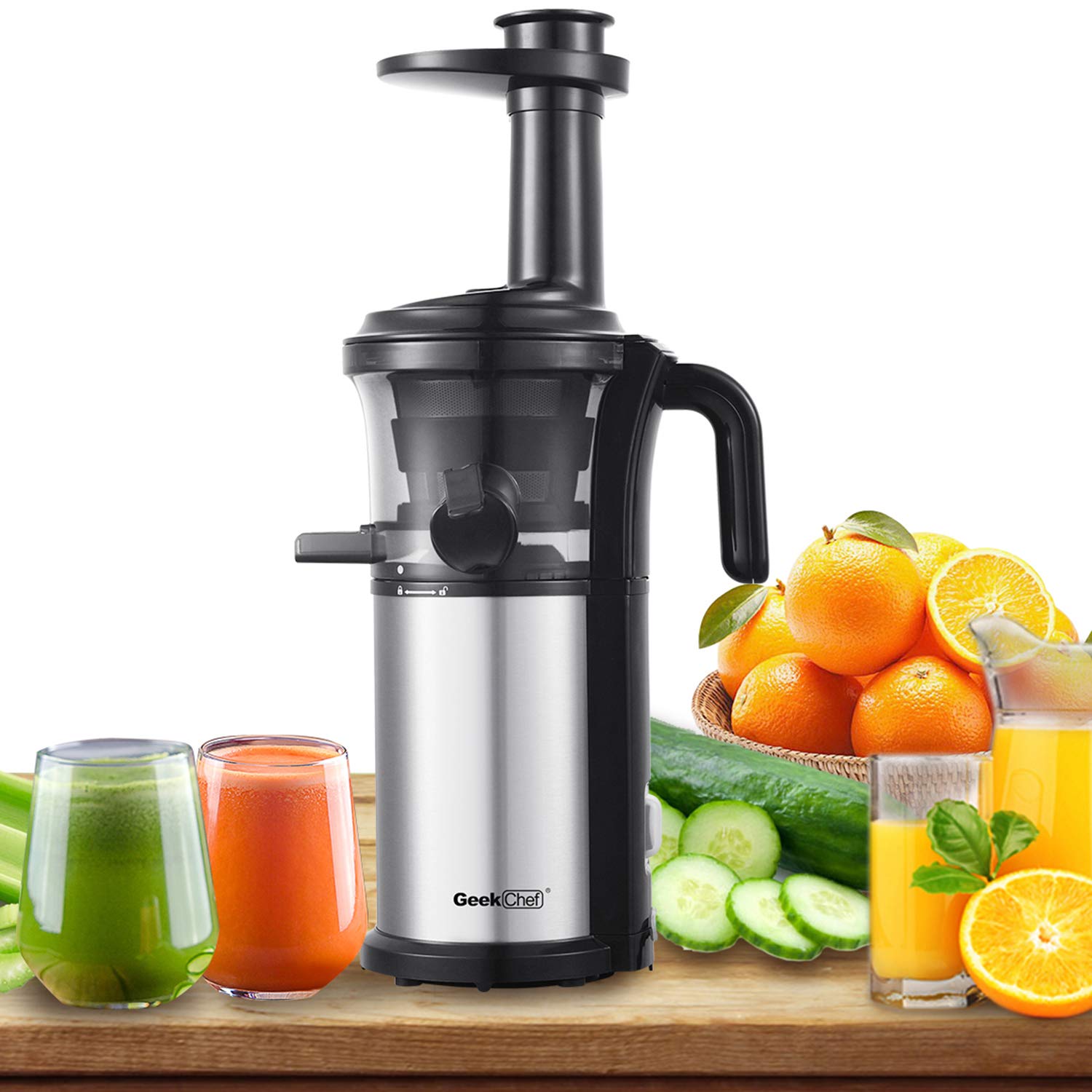
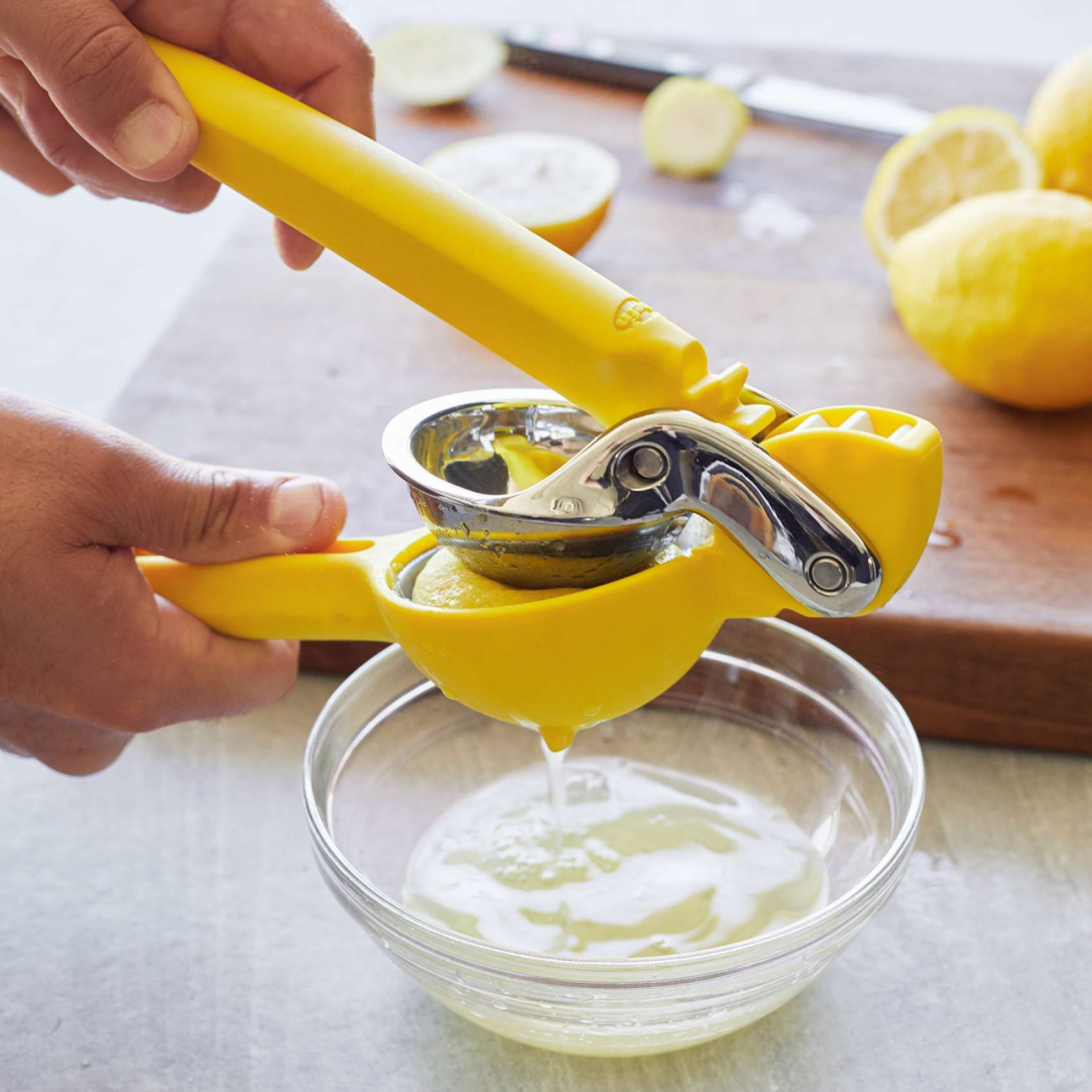
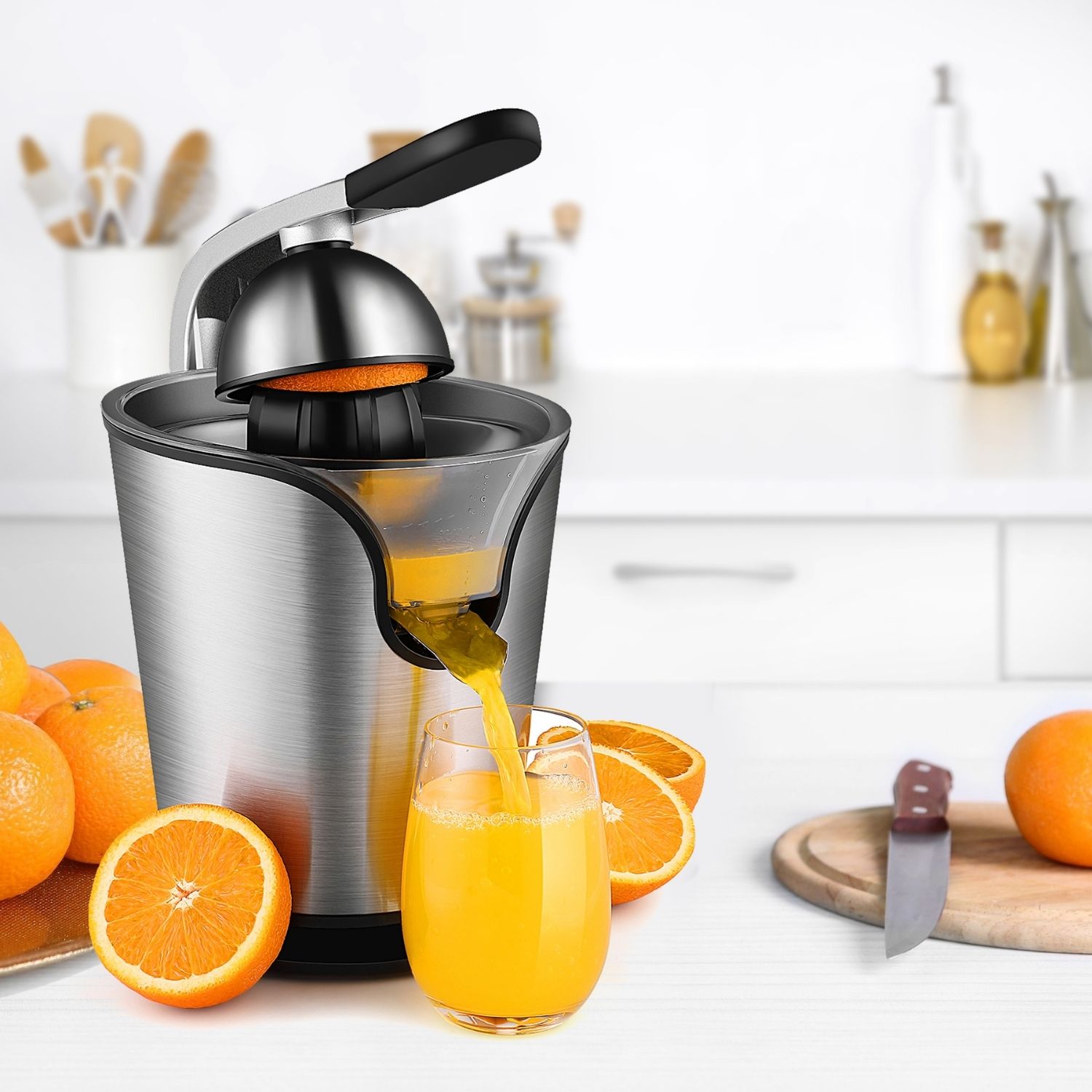
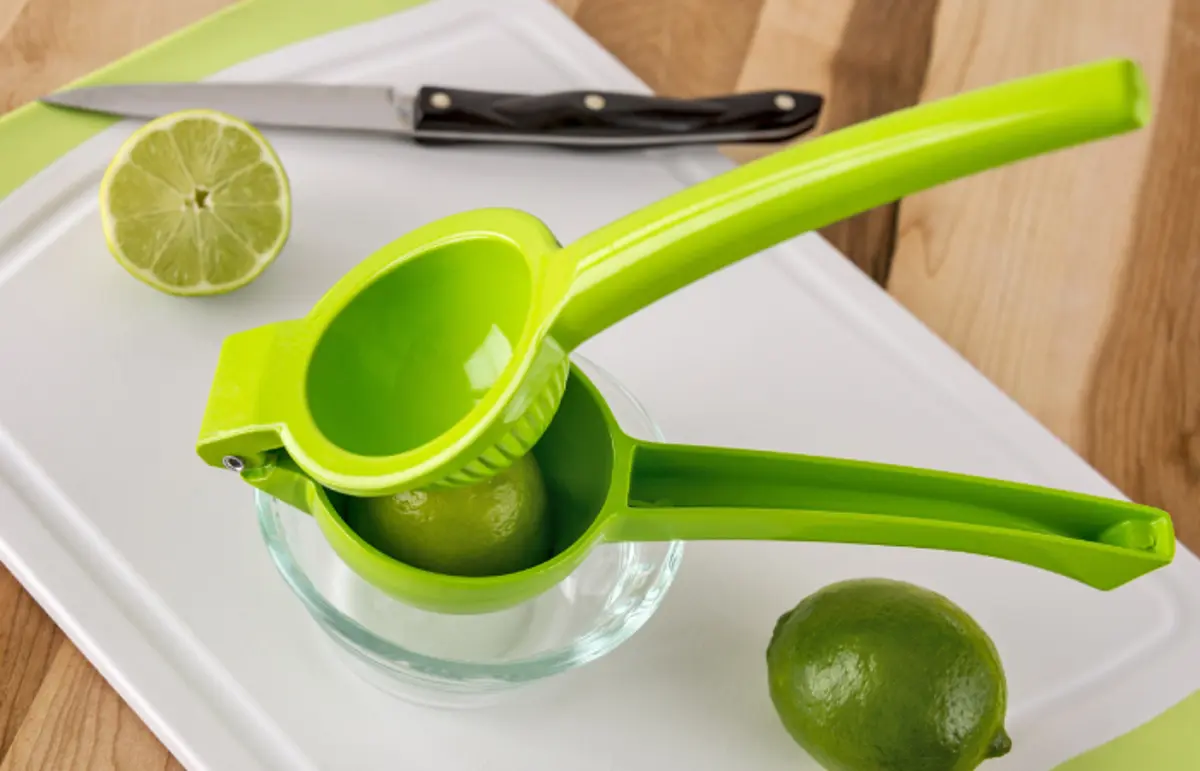

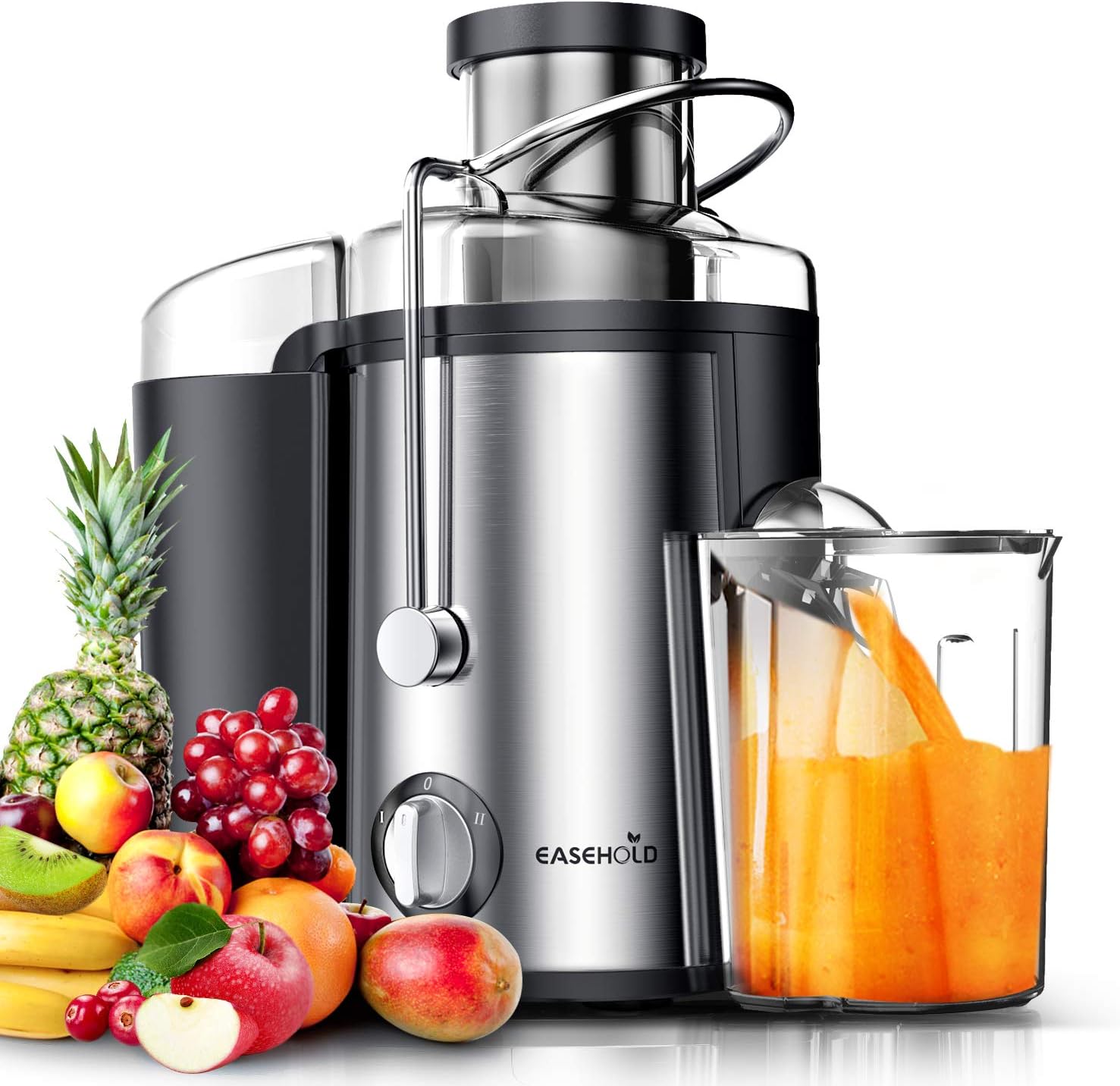

0 thoughts on “How To Store Juice”